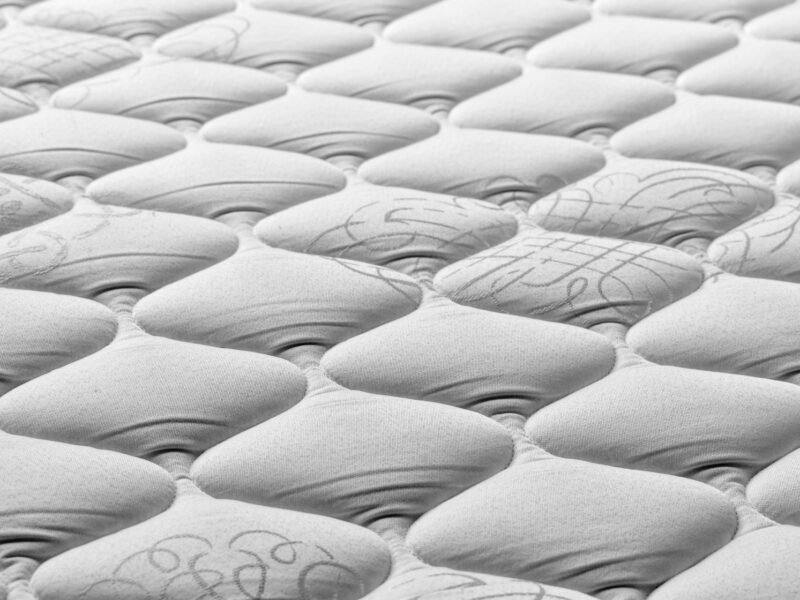Masonry waterproofing is crucial for keeping structures in good condition. A lack of waterproofing can cause various issues, including hairline cracks, deterioration of mortar joints, and organic growth such as mildew, lichen, or algae. Waterproofing can prevent these problems and ensure your commercial structure is in excellent shape for years.
Moisture Penetration
Moisture penetration into brick, stone, and masonry walls can lead to hairline cracks, mortar deterioration, hazardous mold growth, and other problems. Masonry waterproofing creates a barrier against moisture penetration, protecting the integrity of your structure and preserving its appearance.
Typical protective treatments include paints, stains, and water-repellent coatings. These are either films that form a surface over the masonry or penetrant repellents like silanes and siloxanes. Penetrating repellents adhere by lining the masonry pores and are effective for various materials, including concrete, brick, cinder block, and stucco.
Efflorescence
Efflorescence is a light gray or white powdery, crystalline formation that occurs when water seeps into basement walls, interacts with the salt deposits within masonry materials, and evaporates. This leaves soluble crystals behind on brick, concrete, and stone surfaces. Heavy accumulations of soluble salts indicate a need for moisture remediation.
Generally, efflorescence does not pose a threat to structures and does not damage the masonry itself. However, if left unresolved, it can signal other problems, such as organic growth (mold, moss, mildew) or excessive humidity that could lead to corrosion.
Many things can trigger efflorescence, including weather conditions such as humidity, rainfall, sleet, and snow. It can also occur during home construction when masonry units are exposed overnight without adequate protection from rain and soil. Waterproofing can help prevent the development of efflorescence by creating an effective barrier to water penetration. This can help ensure a dry, thermally efficient building envelope, saving energy costs in the long run.
Corrosion
Water-penetrating brick walls can take a toll on the structure’s integrity. Excessive moisture penetration can result in hairline cracks, deterioration of mortar joints, and hazardous mildew and algae growth. Masonry waterproofing protects against these issues and keeps your commercial property in good condition.
Waterproofing masonry can be accomplished with either penetrant repellents or clear treatments. Penetrant treatments like silanes and siloxanes are absorbed into the face of the masonry, lining the pores. This method prevents hygroscopic salts from forming and offers superior corrosion resistance. However, these treatments do not bridge small cracks and voids in masonry, so structural defects such as repointing, DPCs, rising dampness, and hygroscopic salts must be repaired before applying this treatment.
Freeze/Thaw
Masonry is one of the most durable, reliable, and long-lasting construction methods. It is also incredibly fire-resistant, lowering insurance costs and limiting damage to other parts of your building. However, like most construction materials, masonry is vulnerable to moisture penetration, which can cause many problems, including cracking, efflorescence, and freeze-thaw damage.
All masonry walls are porous to some extent. This is because bricks or concrete blocks are stackable, mortar bonds them, and they’re usually arranged in a grid pattern. When exposed to water, these pores absorb it and expand when the temperature drops. This can create a cycle that sees more and more moisture entering the wall, which leads to further damage.



